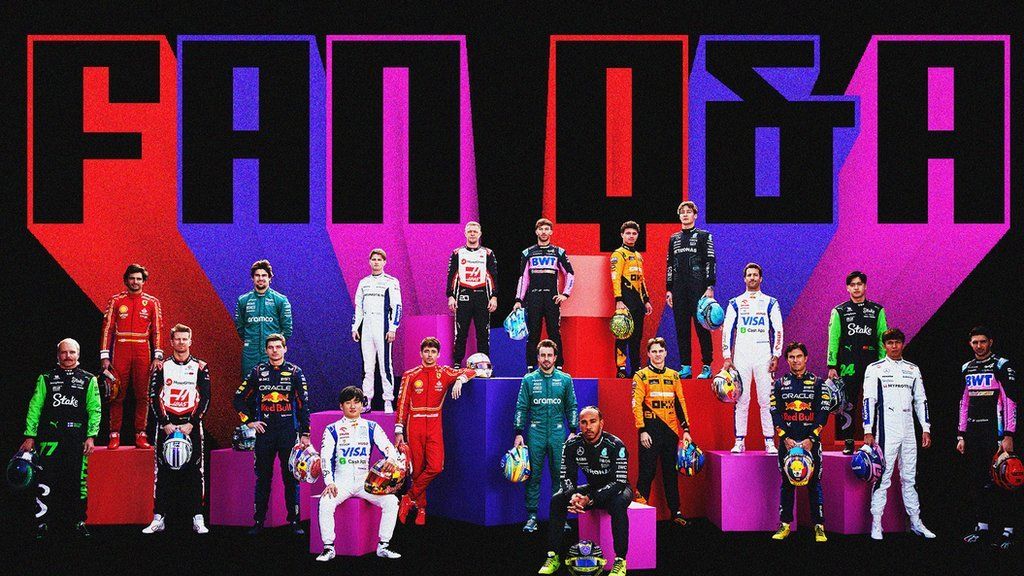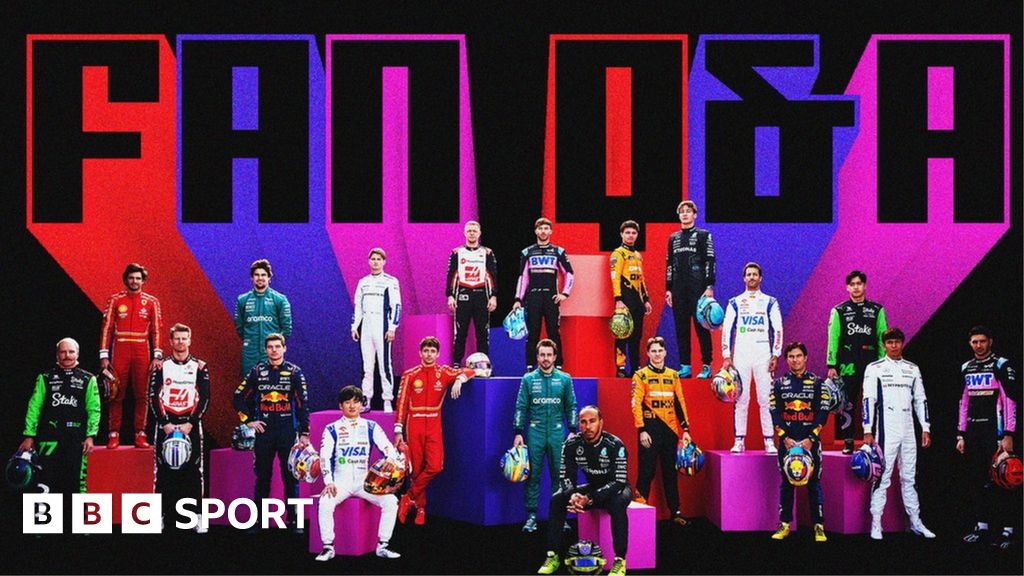
Red Bull’s Max Verstappen is top of the drivers’ championship but his lead has been cut to four points following his retirement in Australia.
As Formula 1 heads to the iconic Suzuka circuit for the Japanese Grand Prix this weekend, BBC Sport F1 correspondent Andrew Benson answers your questions.
Is Toto Wolff’s position under scrutiny? Third year the car has underperformed drastically, no improvement in sight, top driver leaving.
Andrew: Over the past couple of years since Mercedes started struggling in Formula 1, reports that Toto Wolff’s position might be under threat have periodically emerged.
These misunderstand Wolff’s position at Mercedes, where he is chief executive officer and team principal at the F1 team and director of Mercedes motorsport.
Wolff is a one-third owner of the team. Mercedes itself and Sir Jim Ratcliffe’s Ineos company also own one-third each. So he can’t be sacked in the same way as a football manager might be.
After the Australian Grand Prix, when it became clear that Mercedes were still struggling to understand their car, Wolff was asked whether he felt he was still the right person to lead the team.
He said: “As a co-owner of this business, I need to make sure my contribution is positive and creative. I would be the first one to say if somebody has a better idea, tell me, because I am interested to turn this team around as quickly as possible.
“We have a physics problem and not a philosophical or organisational problem. Because we haven’t taken a dumb pill since 2021. It’s just we don’t understand some of the behaviours of the car that in the past we would have always understood.”
Sam: Daniel Ricciardo’s form doesn’t look good enough to get a Red Bull seat. Yuki Tsunoda looks unlikely too. Who gets the seat if Max Verstappen or Sergio Perez goes?
Andrew: At the moment, neither Ricciardo nor Tsunoda are likely to get a Red Bull seat in 2025 if either Verstappen or Perez leave.
Ricciardo has been out-performed by Tsunoda since he returned to F1 midway through last season – it looks at the moment as if the Australian has yet to recover the form he previously showed at Red Bull and Renault before his dip after joining McLaren.
And Ricciardo is at risk of being dropped before too long this season and being replaced at RB by reserve driver Liam Lawson, who impressed when he stood in for Ricciardo last season.
And Red Bull motorsport adviser Helmut Marko does not rate Tsunoda, who was forced on him by engine partner Honda. Some inside RB say that is unfair, and that Tsunoda has been performing at an elite level so far this season. But Marko remains to be convinced.
That being the case, the contenders for any vacant Red Bull seat are the same ones as those for any other vacant seat at a top team – with Fernando Alonso and Carlos Sainz at the top of the list of potentials.
Peter Gilmour: Is F1 becoming a closed shop for new drivers? Could there be a type of promotion/relegation with the drivers from F2?
Andrew: No, it’s not. Oliver Bearman’s performance in Saudi Arabia has made it extremely likely that he will get a seat in F1 next year. And Mercedes are nurturing their 17-year-old protege Andrea Kimi Antonelli for a move to F1, perhaps as early as next year.
If young drivers are good enough, they will get an F1 opportunity. There is no appetite for a formal promotion-relegation of drivers from F2. That’s not how driver selection works. It’s not a league system.
David Dunford: With the cost cap restricting teams in funding, improvements and reliability of cars, should there not be a better way to allow teams to catch up?
Andrew: The bosses of F1 would argue that the cost cap and the other systems in place to try to level the field need to be given time to work.
Remember that as well as the budget cap, there is a sliding scales of restrictions on aerodynamic research, with the most successful teams permitted the least and the least successful the most.
This has only been in place since 2021 and it will inevitably take time to have an effect. The field spread has come down dramatically in that period – from 2.4 seconds between the fastest and slowest cars on average in qualifying in 2020 to 1.4secs last year.
David Irvine: Is the DRS automatic or is it controlled by the drivers? Has there ever been a penalty for using it incorrectly and are drivers monitored?
Andrew: The DRS (drag-reduction system) overtaking aid is driver-operated. He presses a button on the steering wheel when he crosses the line that marks the start of a zone where it may be used. It only works if the car is within the requisite one second of the car in front. It shuts automatically when he hits the brakes.

-
Do the Germans always win? Gary, Alan and Micah choose the best German players in Premier League history
-
Meeting ‘Mighty Mike’: Eddie Hearn talks to one of the best darts players of all time – Michael van Gerwen

